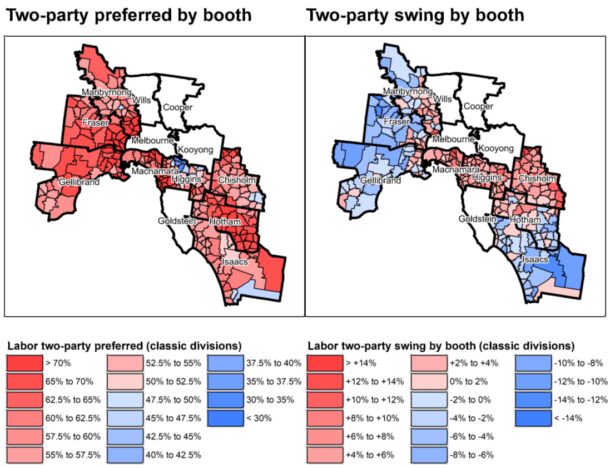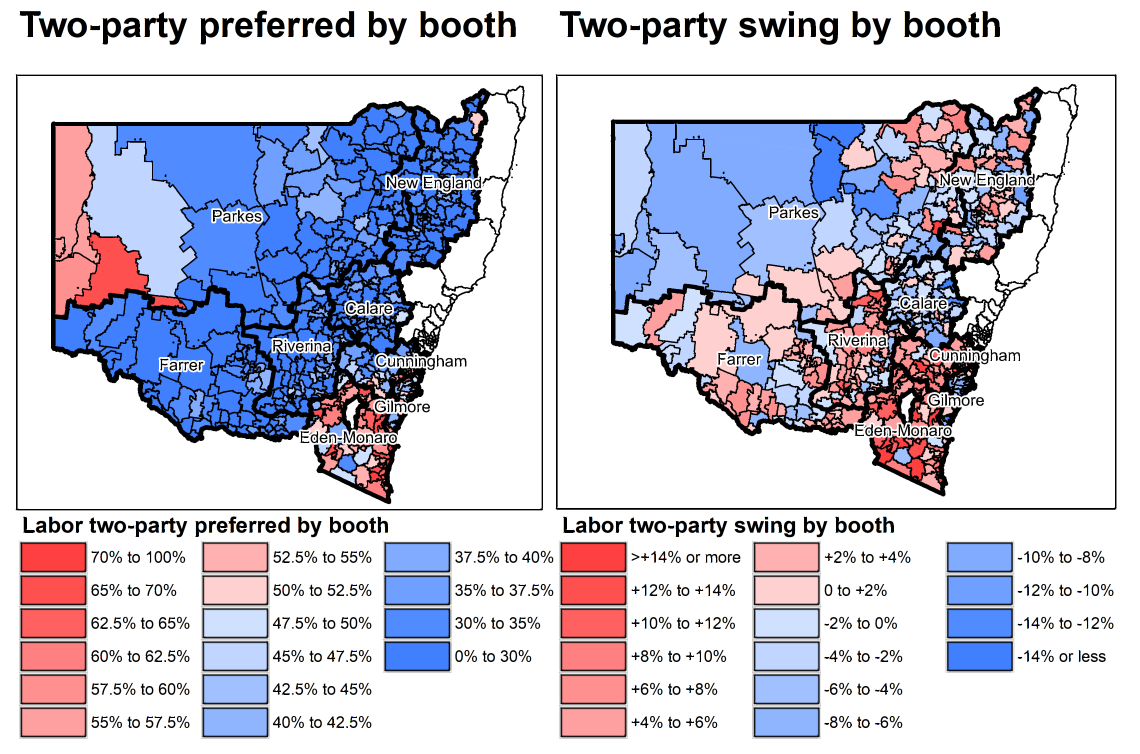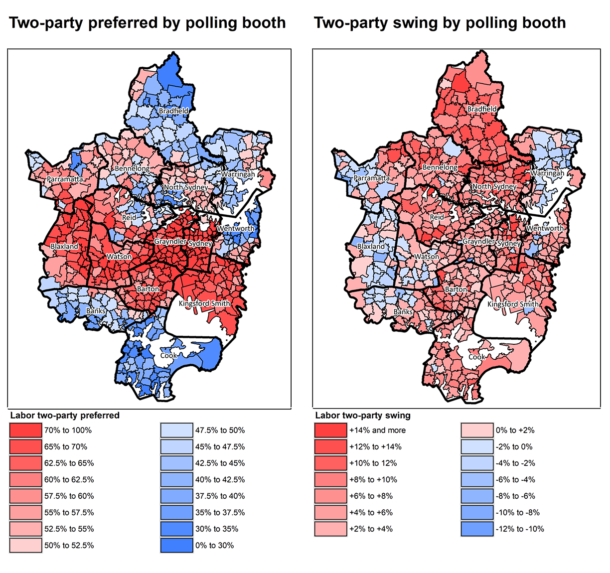A run-through of the findings of the ALP’s post-match review of its May 2022 federal election campaign.
The looming election drought means there will be a lot more long form analysis on this site going forward, including the return of the Call of the Board series, which only got so far in its region-by-region analysis of seat results at the federal election before Victoria and New South Wales intervened. First though, some unfinished business to follow on from a post in January that combed over the public version of the Liberal Party’s election post-mortem. Now comes the turn of Labor’s post-election review, conducted for the party by Greg Combet, Lenda Oshalem, Linda White and Craig Emerson. This naturally had a happier tale to tell than the Liberal report, but still had to reckon with the party’s lowest primary vote since the Great Depression.
The report says Labor’s tracking and seat polling proved broadly accurate this time, after being scarcely less off the mark than published polling in 2019. It showed Labor’s biggest problem going into the election to be the perception of the Coalition as better economic managers, and its greatest opportunity a feeling that Labor would do better on cost-of-living pressures by lifting wages. Labor responded to these insights with a “sound” campaign of broadcast advertising in which “attacks on Scott Morrison were most effective in his own voice”, and a research-backed online campaign that contrasted with an under-resourced and unplanned Liberal effort that “posted strange content”.
The fall in Labor’s primary vote was attributed to declining trust in government, tactical voting in some seats, a small-target strategy that necessitated a campaign focused on Coalition negatives, and a proliferation of minor party and independent candidates. A purposefully vague campaign theme of a “better future” succeeded in giving the Coalition little to attack, but at a cost of failing to energise soft Labor voters. The report says Labor’s strategies have not traditionally emphasised the primary vote, resulting in a failure to “call out the reckless policies and hollow rhetoric of third parties and communicate the risk of voting for a third party”.
The danger posed by a weak primary vote even in the context of a winning result was illustrated by Dai Le’s win in Fowler, which the report attributes in large part to the support Le received from Fairfield mayor Frank Carbone, who rose to prominence locally in the pandemic and scored 70% in his council re-election bid. Research was needed into why Labor’s vote had also softened in traditionally strong areas of Sydney and Melbourne, and care taken lest they go the way of Fowler.
However, Labor’s biggest weak spot was Queensland, which the report attributes to a failure to get a handle on the state’s regional complexities. The breakthrough in inner Brisbane of the Greens, who gained one seat from Labor and two it was hoping to win, was aided by their deft response to local concerns over aircraft noise and urban infill, although climate change was the main driver of the party’s support. Labor also lost ground in Tasmania, which presented a reverse image of Western Australia in having a Liberal Premier riding high on pandemic management, whom the federal government had not sought to antagonise.
The report tellingly begins with a bullet point summation of where Scott Morrison went wrong during his government’s last term, in recognition that this goes a long way towards explaining the result. The wheels began to fall off in mid-2020 with Morrison’s “major strategic error” of abandoning the bipartisanship of the early pandemic by attacking Labor Premiers more popular than he, which left him badly exposed by the subsequent failures of the vaccine rollout. Labor’s stand-alone campaign in Western Australia exploited the government’s disastrous backing of a legal challenge to the state’s closed borders with election day banners linking Anthony Albanese with Mark McGowan and Scott Morrison with Clive Palmer.
The Liberals’ widely noted problem with women went beyond sexual harassment scandals, the restoration of Barnaby Joyce and Scott Morrison’s impolitic assertion that protesters such as those of the Women’s March for Justice were “being met with bullets” in other countries. Women also bore much of the impact of government decisions including the early termination of free childcare during the pandemic and the exclusion of early childhood educators from JobKeeper. Another own goal by the government was to alienate the Chinese community, who “felt that the actions and rhetoric of Scott Morrison and Peter Dutton meant they were not welcome in Australia and that their businesses would be affected”. By contrast, Vietnamese voters swung against Labor, and not just those in Fowler.
Going forward, the report says the government must prepare for Coalition efforts to defeat it in outer suburban and regional seats, which must be done by providing economic opportunities through Australia’s transition to a “global renewable energy superpower”.




